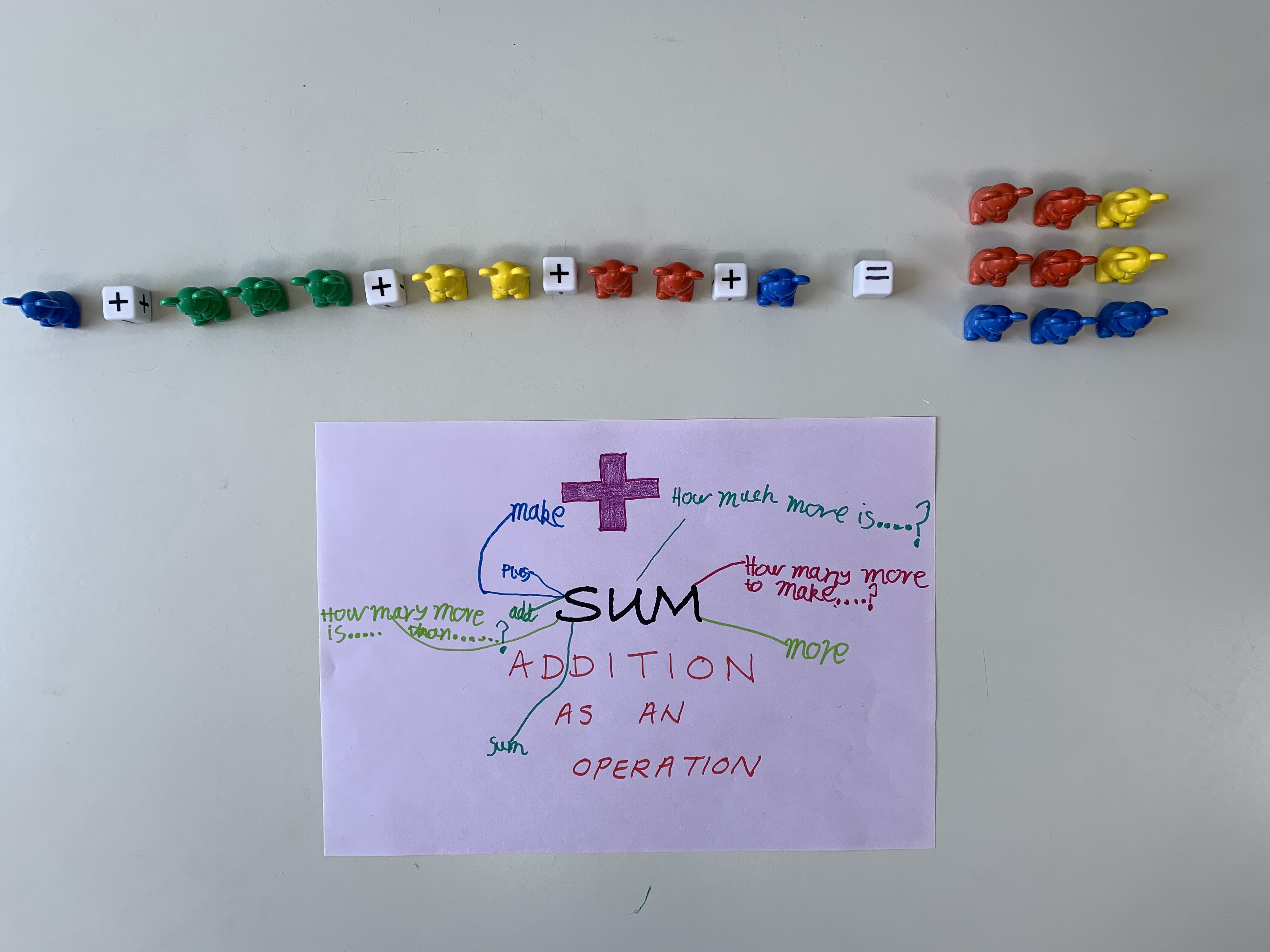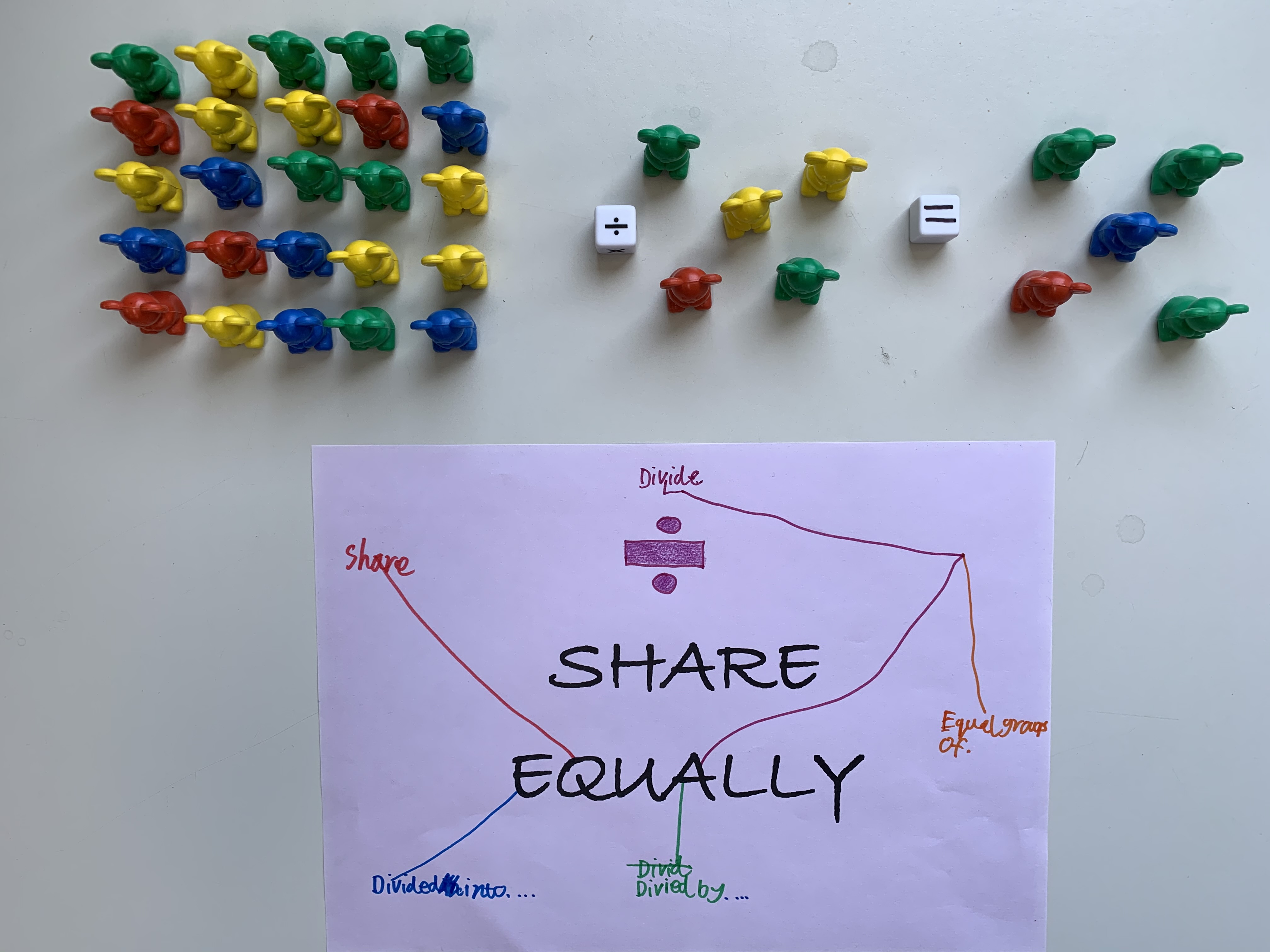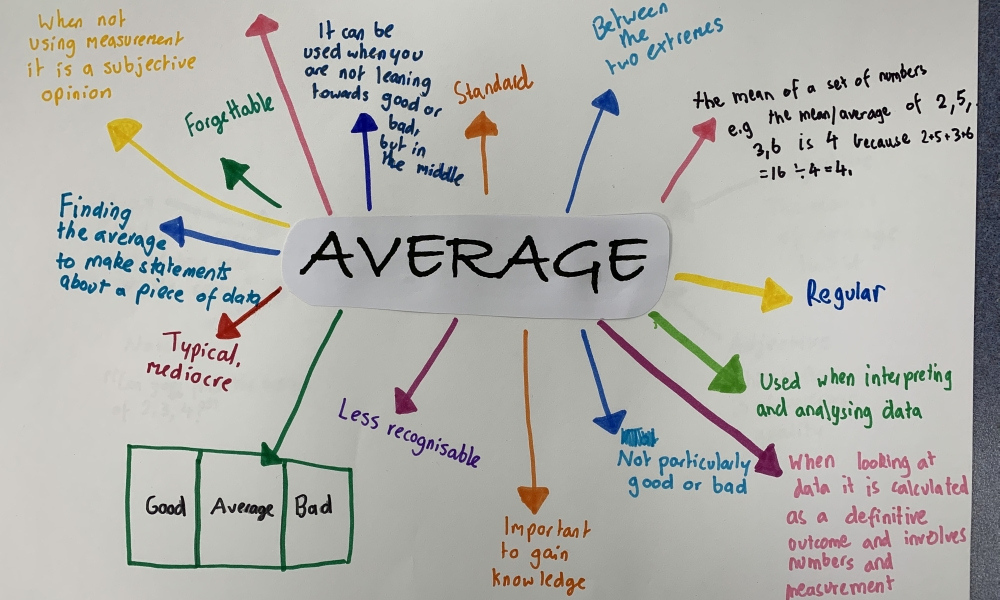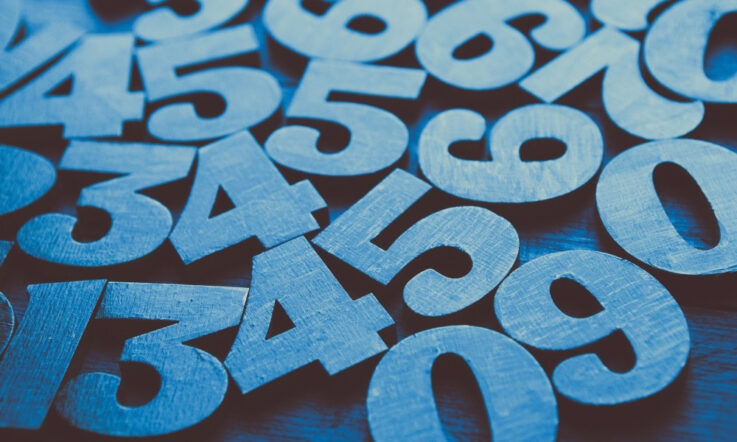In today's reader submission Lanella Sweet, Enrichment Teacher at Wesley College in Melbourne, shares examples of classroom investigations designed to help students understand and develop their use of mathematical language, and its links with other areas of the curriculum.
Students need to be familiar with subject appropriate language and the use of concise and precise wording from a young age, in order to be successful across all areas of the curriculum. At Wesley College, we have been developing students' communication skills and use of appropriate language to develop rich, deeper curriculum connections.
In mathematics, the use of everyday English terms – such as ‘odd' and ‘volume' – can have different meanings and therefore need to be taught in isolation at times. Those who are not strong with using complex and mature dialogue in mathematics, often focus only on the abstract form and then have challenges with contextual communication.
Learning activities
Over three lessons, particular words used in maths was investigated using brainstorming techniques, starting with what the students in Year 2 and 3 already knew. The students brought some operational words alive by discussing their meanings. This generated a debate about specific language used in mathematics – for example, ‘divide' could be replaced with ‘shared equally' and ‘sum' could represent ‘add' and ‘how many more'. At this stage, teachers deliberately did not discuss alternative meanings (use in everyday English) with students in order to let the conversation happen organically and authentically. They did, however, ask further questions to clarify some of the student responses, such as ‘… tell me more about this'. This allowed students to often debate and come to mutual understandings of the terms, after perhaps only thinking about one meaning initially. By looking closely at the four mathematical operations, we could define, classify and communicate procedures with effective language.


The students were able to explore the meaning behind words and then form further understanding. They made mini charts to represent their own thinking and used phrases to enhance their understanding of the terms. These charts were displayed around the classroom, and further group discussions occurred to gain meaning within context.
Teachers found that, at this stage it was good to summarise word meaning and explicitly teach new maths words. This gave students different exposures to build upon their own ideas and understandings regarding maths language. Understanding how the mathematical specific words relate to both subject specific communication and everyday use was important. Students worked through defining understanding and specific relevance from a mathematical perspective, along with comprehending and unpacking meaning of these specific words across all other areas of the curriculum. [See the photo at the top of this article showing a word investigation poster for ‘average']
After the word investigation, there was a student-led discussion about the ideas and concepts raised in the investigation. Rather than just focus on the Mathematics (through a regular maths lesson), explicitly teaching subject specific vocabulary through a student investigation and discussing their ideas helped them to develop meaning behind it and provided context to help scaffold their learning.
After completing the initial task, students carried out similar investigations using a variety of terms that could be used in all curriculum areas, such as ‘compare', ‘update', ‘analyse' and ‘order'.
Fiction and mathematical writing
We found that a deeper level of understanding of the words can be obtained by fictional story writing as well as outlining thinking of ‘mathematical writing'. With my students, after the outlined sessions I provided either a Maths or English focus. Small groups and one-on-one sessions were held to develop opportunities for students to demonstrate the use of particular words in writing. The focus was on using words appropriately when outlining their mathematical thinking, in addition to using the words within the creative context of narrative writing. This demonstrated appropriate meaningful use of vocabulary within the two curriculum areas.
What we learned
When you combine both disciplines together – Maths and English – and perceive the learning engagement from an inquiry based starting point, many students thrive and create unique and meaningful links with both curriculum areas. This in turn, promotes a mutual admiration for both curriculum areas, along with an increase of skills development, learning enhancement and engagement. By using explicit teaching with words that smoothly transfer to maths concepts, students were able to generate ideas and understandings according to different contexts and develop their language use across all areas of the curriculum.
Think about a unit of work you're due to teach: What subject specific vocabulary will students need to understand and be able to use in order to be successful? What strategies and activities will you use to gauge students’ current understanding and misconceptions? Are there opportunities to draw links with other curriculum areas?



